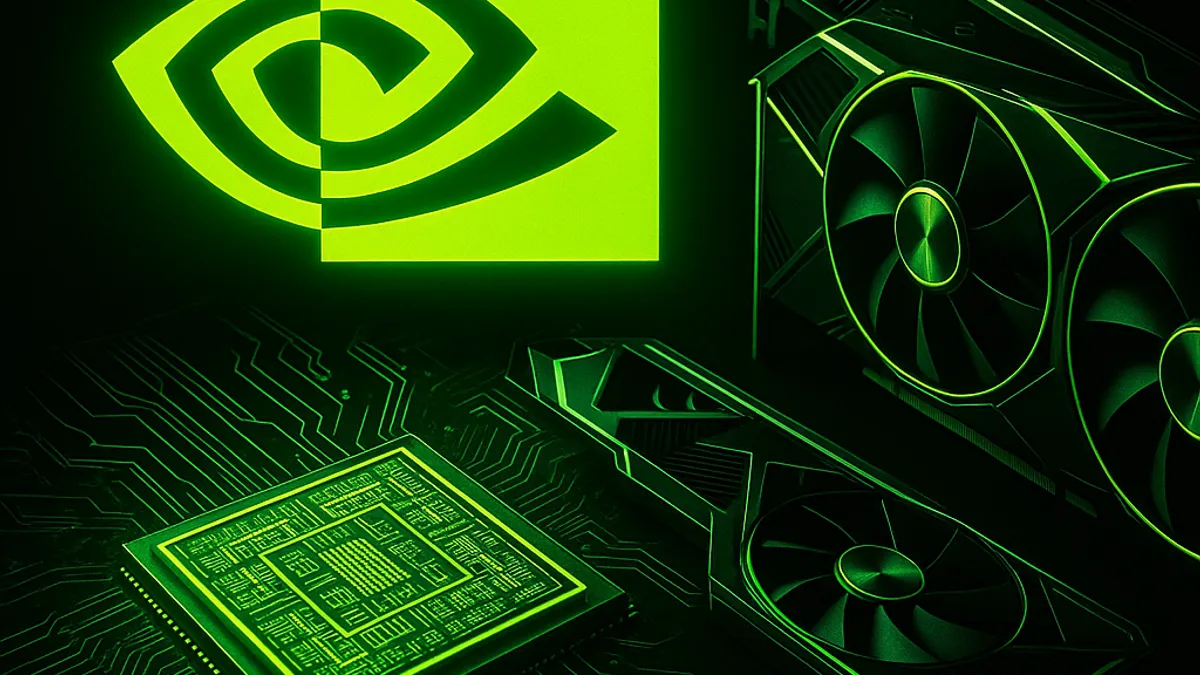Robotics R&D Surges as NVIDIA Unveils GR00T, ABB Buys Sevensense, Figure AI Raises $675M
A fresh wave of robotics research is moving from lab demos to factory floors as NVIDIA pushes foundation models for humanoids, ABB folds 3D vision into its mobile robots, and Figure AI secures a blockbuster round. The stakes: faster deployment, safer collaboration, and new software revenue streams riding on smarter perception and planning.

Lab Breakthroughs Start Shipping
Industrial robotics is hitting a new R&D stride, with software-heavy advances in perception and planning finally clearing the path to deployment at scale. Global robot installations reached a record 553,000 units in the latest reporting year, according to the International Federation of Robotics, underscoring a demand pull that is reshaping research agendas inside engineering groups and corporate venture arms alike.
NVIDIA put a stake in the ground with Project GR00T, a generative model initiative aimed at teaching humanoid robots complex tasks via multimodal learning. For more on related robotics developments. The effort, revealed at GTC, positions the chipmaker to sell not just GPUs but full-stack robotics software through its Isaac platform, as widely covered in the press following GTC announcements. In parallel, ABB agreed to acquire Zurich-based Sevensense to integrate AI-powered visual navigation into its autonomous mobile robots, expanding its software IP and moving perception R&D closer to the warehouse and shop floor, Reuters reported.
Capital is chasing these shifts. Figure AI closed a $675 million round backed by a who’s who of strategic investors to accelerate a general-purpose humanoid capable of language-guided tasks, TechCrunch reported. The money is earmarked for scaled data collection, teleoperation training, and safety validation—areas that have historically limited robotics R&D from translating into durable commercial wins.
Foundation Models Meet the Assembly Line
The next frontier in robotics research is model-centric: large, pre-trained policies that can be specialized for manipulation, navigation, and inspection. Microsoft has pushed Azure edge services deeper into robotic controllers and simulators to support data pipelines for iterative policy training, while OpenAI is working with hardware partners on language-to-action interfaces for embodied agents. Early pilots suggest that codifying tacit knowledge from skilled operators into reusable policies can cut integration times by months.
Tesla...